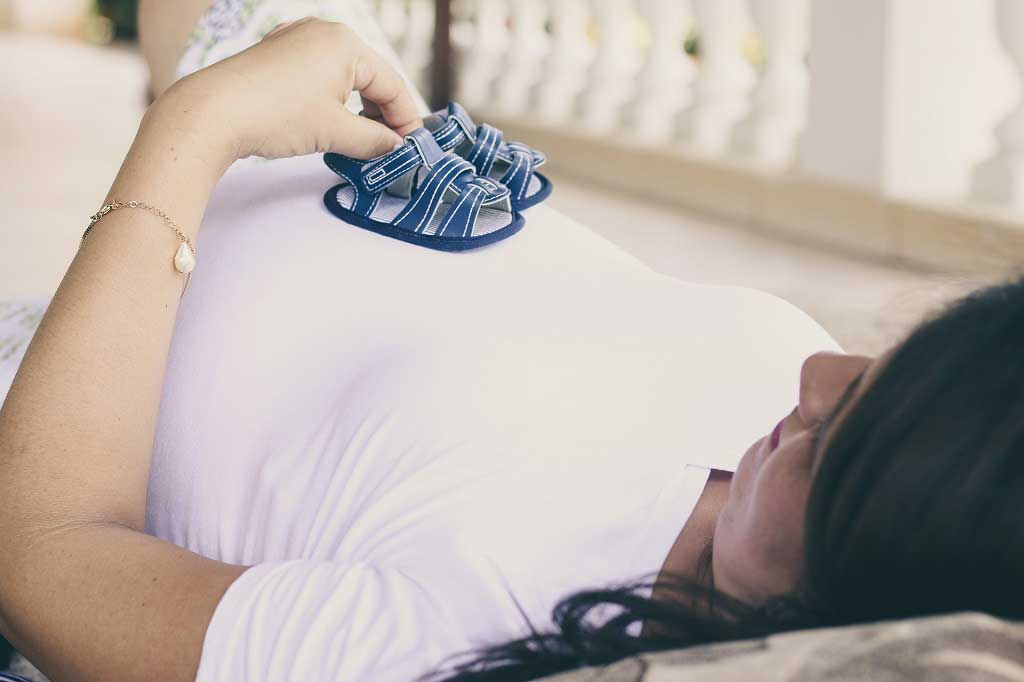Low back pain
Prevention
Keeping your back strong and supple is the best way to avoid getting back pain. Regular exercise, maintaining good posture and lifting correctly will all help.
If you have recurring back pain, the following advice may be useful:
- lose weight too much upper body weight can strain the lower back; you can use the healthy weight calculator to find out whether you need to lose weight
- wear flat shoes with cushioned soles as they can help reduce the pressure on your back
- avoid sudden movements which can cause muscle strain
- try to reduce any stress, anxiety and tension, which can all cause or worsen back pain
- stay active regular exercise, such as walking and swimming, is an excellent way of preventing back pain (see below)
Exercise
Exercise is both an excellent way of preventing back pain and of reducing it, but should seek medical advice before starting an exercise programme if you've had back pain for six weeks or more.
Exercises such as walking or swimming strengthen the muscles that support your back without putting any strain on it or subjecting it to a sudden jolt.
Activities such as yoga or pilates can improve the flexibility and the strength of your back muscles. It's important that you carry out these activities under the guidance of a properly qualified instructor.
Below are some simple exercises you can do several times a day at home to help prevent or relieve back pain.
- Bottom to heels stretch kneel on all fours, with your knees under hips and hands under shoulders. Slowly take your bottom backwards, maintaining the natural curve in the spine. Hold the stretch for one deep breath and return to the starting position. Repeat eight to 10 times.
- Knee rollsLie on your back and place a small flat cushion or book under your head. Keep your knees bent and together, then roll them to one side while keeping both shoulders on the floor. Hold the stretch for one deep breath and return to the starting position. Repeat eight to 10 times, alternating sides.
- Back extensions Lie on your stomach, and prop yourself on your elbows. Arch your back up by pushing down on your hands. Breathe and hold for five to 10 seconds. Return to the starting position. Repeat eight to 10 times.
Stop these exercises immediately if they make your pain worse.
Posture
How you sit, stand and lie down can have an important effect on your back. The following tips should help you maintain a good posture.
Standing
Stand upright, with your head facing forward and your back straight. Balance your weight evenly on both feet and keep your legs straight.
Sitting
Make sure you sit upright with support in the small of your back. Your knees and hips should be level and your feet should be flat on the floor (use a footstool if necessary). Some people find it useful to use a small cushion or rolled-up towel to support the small of the back.
If you use a keyboard, make sure that your forearms are horizontal and your elbows are at right angles.
Correctly positioning your wing mirrors will prevent you from having to twist around. Your foot controls should be squarely in front of your feet.
If you are driving long distances, take regular breaks so you can stretch your legs.
Sleeping
Your mattress should be firm enough to support your body while supporting the weight of your shoulders and buttocks, keeping your spine straight.
If your mattress is too soft, place a firm board (ideally 2cm thick) on top of the base of your bed and under the mattress. Your head should be supported with a pillow, but make sure your neck is not forced up at a steep angle.
Lifting and carrying
One of the biggest causes of back injury, particularly at work, is lifting or handling objects incorrectly. Learning and following the correct method for lifting and handling objects can help prevent back pain. You should:
- Think before you lift can you manage the lift? Are there any handling aids you can use? Where is the load going?
- Start in a good position your feet should be apart, with one leg slightly forward to maintain balance; when lifting, let your legs take the strain bend your back, knees and hips slightly, but do not stoop or squat; tighten your stomach muscles to pull your pelvis in; do not straighten your legs before lifting as you may strain your back on the way up.
- Keep the load close to your waist keep the load close to your body for as long as possible with the heaviest end nearest to you.
- Avoid twisting your back or leaning sideways, particularly when your back is bent your shoulders should be level and facing in the same direction as your hips; turning by moving your feet is better than lifting and twisting at the same time.
- Keep your head up once you have the load secure, look ahead, not down at the load.
- Know your limits there is a big difference between what you can lift and what you can safely lift; if in doubt, get help.
- Push rather than pull if you have to move a heavy object across the floor, it is better to push it rather than pull it.
- Distribute the weight evenly if you are carrying shopping bags or luggage, try to distribute the weight evenly on both sides of your body.
If your child needs to carry a bag to school, they should use a well-designed backpack that is worn over both shoulders. Avoid putting anything unnecessary in their bag to keep the weight to a minimum.
Introduction
Back pain is a common problem that affects most people at some point in their life. It may be triggered by bad posture while sitting or standing, bending awkwardly, or lifting incorrectly.
Symptoms
You should seek urgent medical help if you have back pain and a high temperature (fever), unexplained weight loss, a swelling or a deformity in your back, it's constant and doesn't ease after lying down, etc.
Causes
Your back is a complex structure made up of bones, muscles, nerves and joints. This can often make it difficult to pinpoint the exact cause of the pain.
Diagnosis
Most cases of back pain do not require medical attention and can be treated with over-the-counter painkillers and self-care. However, you should visit your GP if you are worried about your condition or struggling to cope with the pain.
Treatment
Treatments for back pain vary depending on how long you have had the pain, how severe it is, and your individual needs and preferences. Initially, back pain is usually treated with over-the-counter painkillers and home treatments.
Lower back pain exercises
There are some simple back exercises and stretches you can do at home to help ease lower back pain and improve your strength and flexibility.
Prevention
Keeping your back strong and supple is the best way to avoid getting back pain. Regular exercise, maintaining good posture and lifting correctly will all help. How you sit, stand and lie down can have an important effect on your back.
"I've picked up my life again."
Back pain was agony for Anne Parker from Berkshire, but thanks to the right diagnosis shes now walking tall. My bad back started 12 years ago with pains in my right buttock. When I saw my GP, he said the problem was actually my back,and he gave me painkillers.
"I can continue going about my daily life."
Kiran Mohan tells his story about his struggle with back pain. "My back problems started in 1999 when I developed a severe pain in the heel of one of my feet, which gradually progressed to the other foot." he says.







 Subscribe
Subscribe Ask the doctor
Ask the doctor Rate this article
Rate this article Find products
Find products